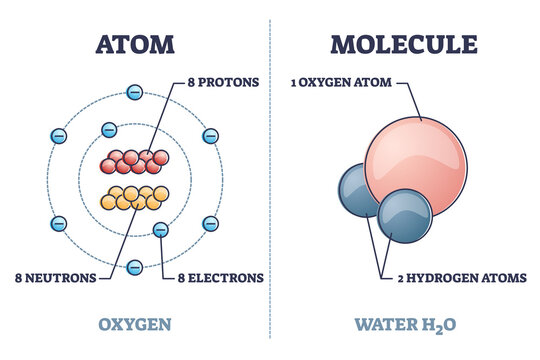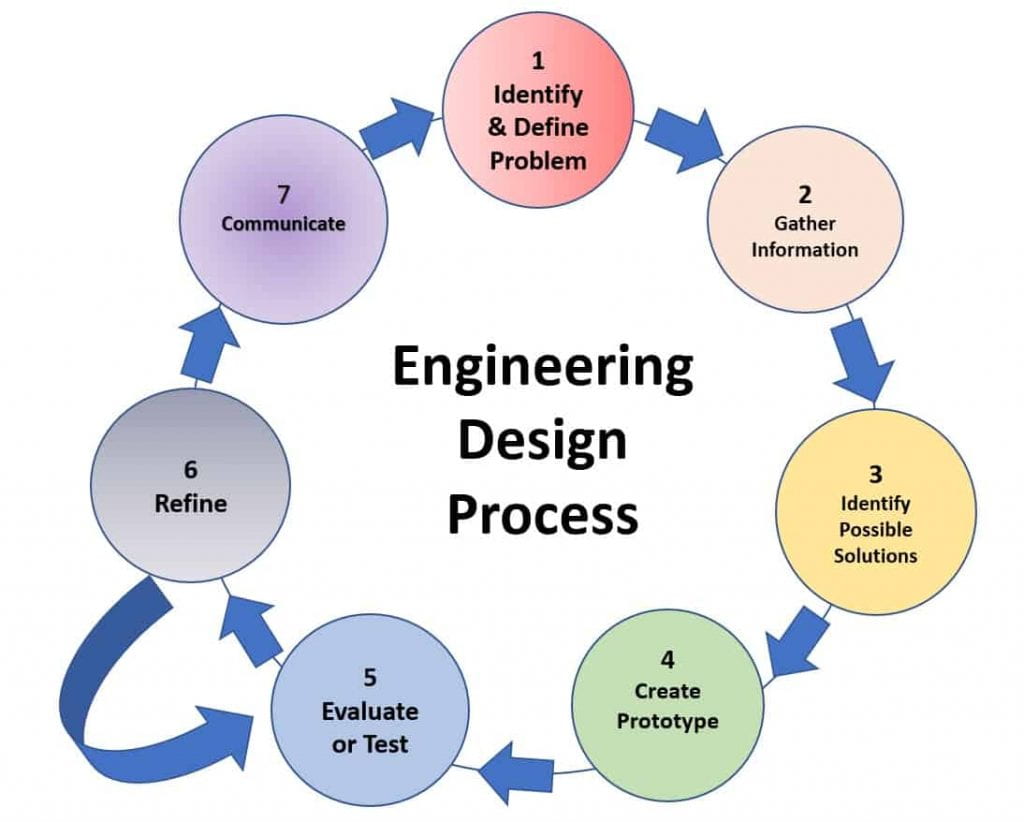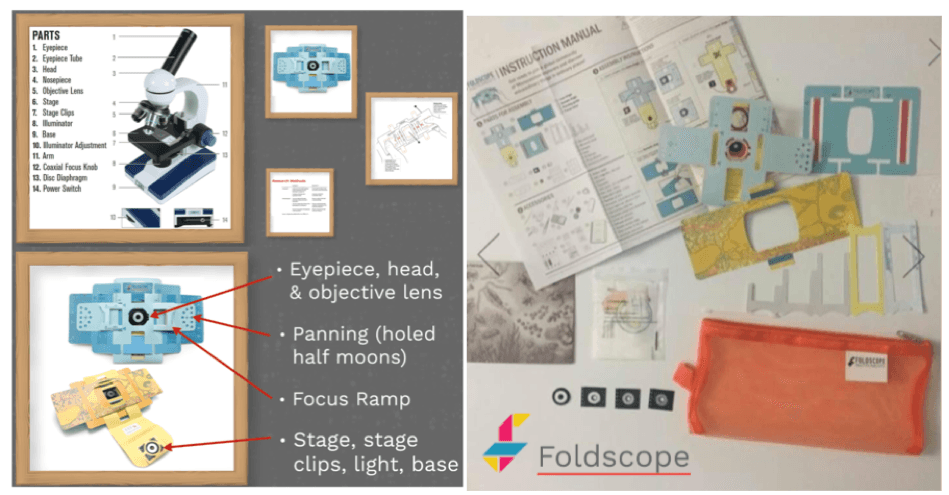By: Meghan Thoreau, OSU Extension Educator
This month students used electromagnetism to force Jack to jump and applied the principle of buoyancy to force a cartesian diver to sink.
PHYSICS
Magnets exert a force, an invisible field, that can attract or repel magnetic metals. Students applied and controlled this magnetic force by building an electromagnetic.
Electromagnetism is found in everyday life, such as in our kitchen appliances, radio transmitters, portable electrics, computers, and much more. Electromagnetism is the physical interaction among electric charges, magnetic moments, and the electronomagenitc field. An electromagnet is not permanently magnetized. An electromagnet is only a magnet when an electric current (I) runs through its coiled copper wire. The ability to turn the magnetic field on or off makes the electromagnet very useful.

You may not realize it, but all electric cords in your home become a very weak magnet when current runs through them. When you plug in your laptop, the power chord becomes a weak magnet. The students learned that in order to strengthen the magnetic field, they would have to wrap the cord around several times, which is exactly what the students did in their Jumping Jack STEM project. Each student built their own electromagnet.

Steps. Each student:
- Wrapped copper wire tightly around a plastic straw piece, and called it “Jack.”
- Left the last 5-inches of each end of the copper wire wrapped around the straw uncoiled and accessible.
- Glued a small permanent magnet onto a piece of cardboard.
- Stuck a metallic screw vertically up onto the top of the permanent magnet to hold Jack.
- Tapped a AA battery onto the cardboard.

- Touched the two free 5-inch copper wires from Jack to the battery ends to test which direction of the current flowing through the electromagnet (Jack) to ensure Jack is repelled upward and not attracted downward.
- Once the right current direction was established, one copper wire end was taped to the battery end, while the other was left open to be hand-touched to the other end of the battery to make Jack jump/repel off the permanent magnet.

CHEMISTRY
The Cartesian Diver was a simple science experiment that demonstrated the principles of buoyancy and pressure. It is named after French scientist and philosopher René Descartes. A Cartesian Diver is an example of Boyle’s Law, which says that the volume and pressure of a gas (like air) have an inverse relationship. This means that when you increase one, the other decreases.

Source: https://www.milgghelch.top/ProductDetail.aspx?iid=416238716&pr=39.88
Students learned that density describes substances based on how much mass they have in a certain volume. When the students increased the pressure it caused a gas to decrease in volume while its mass stays the same. Objects that are more dense than water sink, while objects that are less dense than water float.

STEM student observing Boyle’s Law in action.
PROGRAM PARTNER
We thank and recognize the OSUs Department of Electrical and Computer Engineering for their amazing outreach programs. More specifically Dr. Betty Lise Anderson for her unwavering dedication to K-12 youth through Columbus and south into Pickaway County Schools! Thank you for all you do.










































